HTC U11 and U11+: Everything you need to know!

HTC has, to put it lightly, seen better days. And years. In 2017, the company is trying an all-new design language to entice customers. Gone are the solid metal builds from the HTC One lineup, replaced by slick, reflective glass. On the inside, the HTC U11 and U11+ feature standard flagship components for 2017, and the company can finally stand toe-to-toe with competitors' cameras.
Here's everything you need to know about the HTC U11 and U11+.
Read and watch our reviews
The U11 was released in spring of 2017, with the U11+ coming out in the fall. Both are similar enough on the inside, with the U11+ featuring a more modern, small-bezel design. Be sure to check out our review of the U11 and hands-on preview of the U11+.
Check out the specs
Phones need something inside to make them go beep, and the U11 and U11+ both feature the best internals for 2017:
| Category | HTC U11 | HTC U11+ |
|---|---|---|
| Operating System | Android 7.1.1 with HTC Sense Android 8.0 upgrade rolling out | Android 8.0 with HTC Sense |
| Processor | Qualcomm Snapdragon 835 | Qualcomm Snapdragon 835 |
| Network | 4G LTE Cat. 16 | 4G LTE Cat. 16 |
| RAM | 4 / 6GB (Varies by region) | 4 / 6GB (Varies by region) |
| Storage | 64 / 128GB UFS microSD up to 2TB | 64 / 128GB (Varies by region) microSD up to 2TB |
| Dual SIM | Some regions. Hybrid SIM2/SD slot | Some regions. Hybrid SIM2/SD slot |
| Display | 5.5-inch Quad HD SuperLCD 5 Corning Gorilla Glass 5 | 6-inch SuperLCD 6, 2880x1440 Corning Gorilla Glass 5 |
| Main Camera | 12MP, 1.4μm pixels, f/1.7 lens, OIS, EIS UltraPixel 3, UltraSpeed AF, HDR Boost | 12MP UltraPixel 3, 1.4-micron pixels, f/1.7 UltraSpeed Autofocus, BSI sensor, OIS, Dual LED flash |
| Front Camera | 16MP, f/2.0 with UltraPixel mode | 8MP, f/2.0, 85-degree field of view BSI sensor, HDR Boost |
| Water/Dust Resistance | IP67 | IP68 |
| Battery | 3,000mAh Quick Charge 3.0 | 3930mAh Quick Charge 3.0 |
| Audio | HTC BoomSound Hi-Fi HTC USonic USB-C + noise cancelling headphones | HTC BoomSound Hi-Fi HTC USonic USB-C + noise cancelling headphones Qualcomm aptX HD, LDAC 24-bit high resol |
| Colors | Ice white, brilliant black, sapphire blue, solar red, amazing silver | Brilliant black, translucent |
The U11+ has a sweet translucent variant
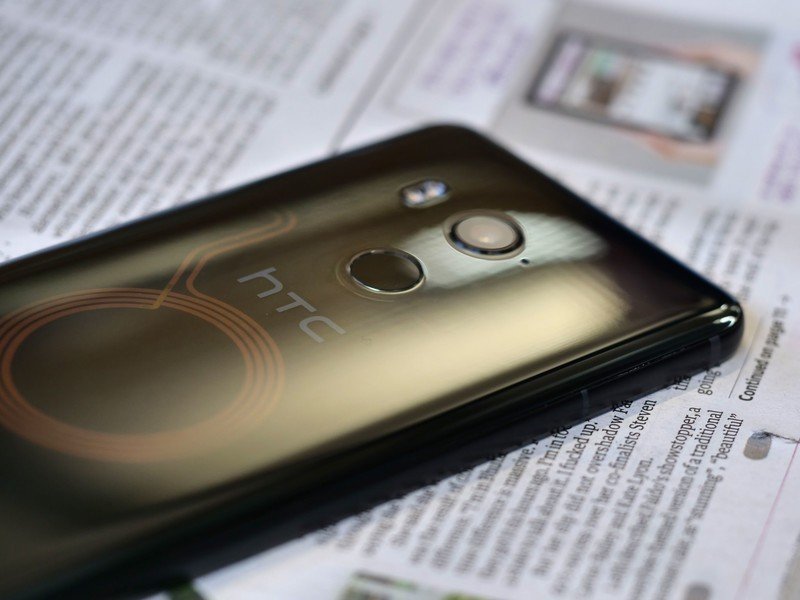
HTC isn't one to shy away from exotic colors on its smartphones. The U11 has a fiery red version and I always wanted to pick up the awesome blue HTC One M7. For the U11+, HTC went in a slightly different direction. There's the standard glossy black variant, but also a really intriguing translucent variant. It isn't completely clear, but you'd be able to pick out the NFC antenna and other components on board.
More: HTC U11+ hands-on preview: More screen, more battery, translucent body
The squeeze feature is surprisingly useful
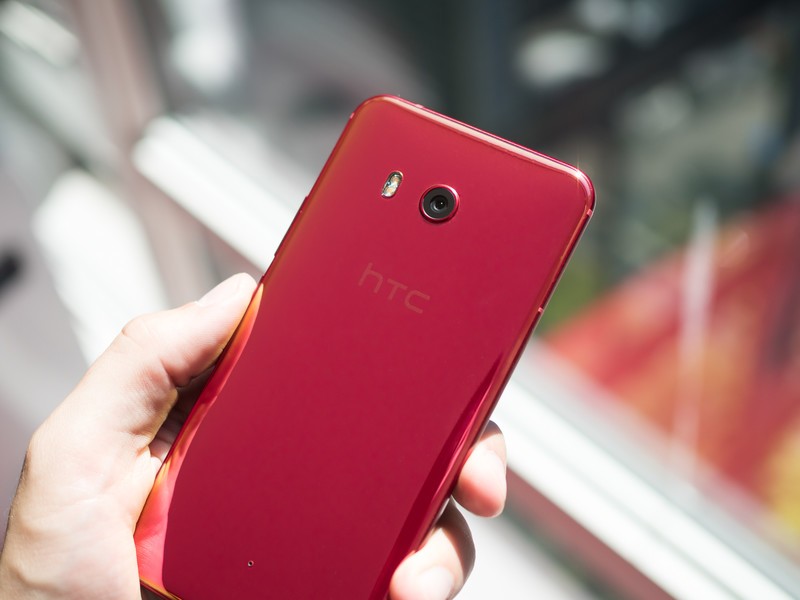
While squeezing the side of your phone may sound gimmicky, it's actually quite practical. Users can map a short or long squeeze to two separate actions, including custom actions within applications. For example, you can set a short squeeze within Google Maps to zoom in on the map, while a long squeeze could start navigation home. Squeezes can also be used for system functions like launching the camera app, toggling the flashlight or taking a screenshot.
Get the latest news from Android Central, your trusted companion in the world of Android
More: The HTC U11 is the most solid phone of 2017 so far
The U11+ is kinda, sorta related to the Pixel XL 2
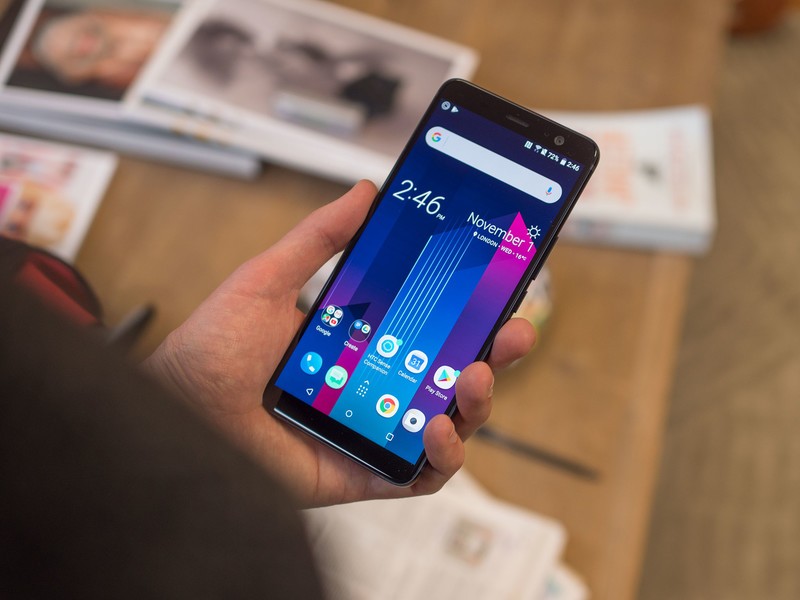
Smartphones take about 18 months to develop from start to finish, and along the way, things can get complicated due to supply constraints or a different focus within the company. There were rumors earlier this year that we'd see three Pixel phones: what we now know as the Pixel 2 and Pixel 2 XL, and a third device slotted somewhere in the middle. That rumored device had a lot of similarities to the Pixel 2 XL, with a 6-inch 18:9 screen, a rear fingerprint sensor, and the same general proportions. But some of that is table stakes: the Pixel 2 line and the U11+ use similar internal components because they're using the standard 2017 flagship parts. It's fun to think about, but it's unlikely the U11+ was meant to wear the Google badge.
More: HTC U11+ started life as a Google Pixel 2 XL project — but the story isn't that simple
Oreo has arrived
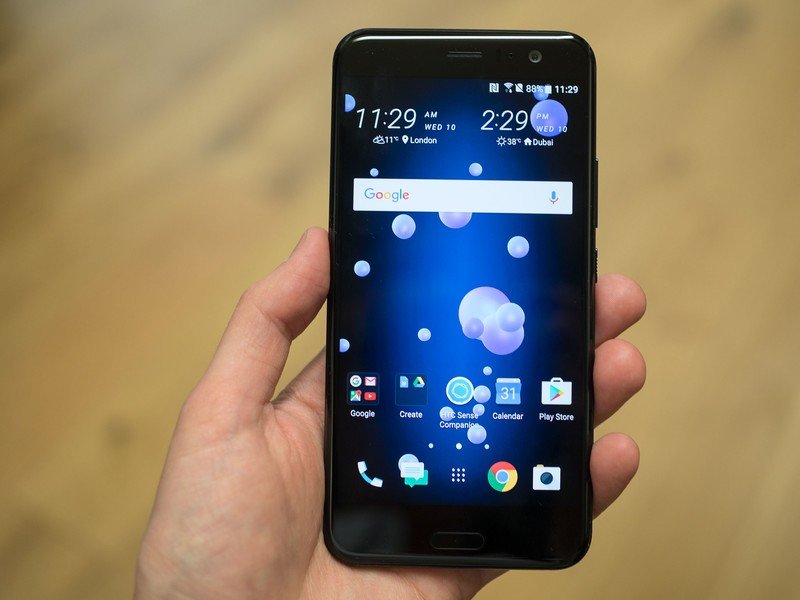
The U11+ launched with Android 8.0 Oreo, making it one of the first non-Google phones to run that version of Android. This also means Project Treble is supported, hopefully adding to the longevity of software support for this phone. Meanwhile, the standard U11 launched with Android 7.1.1 Nougat, with Oreo rolling out to the unlocked version of the phone. The carrier variants should receieve the update shortly.
More: Android 8.0 Oreo for unlocked HTC U11 now available
Compared to other flagships
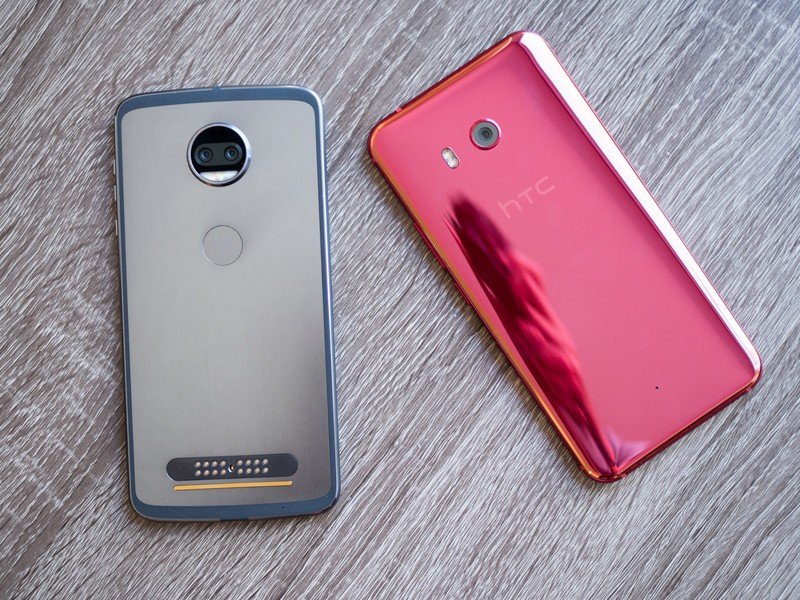
The unlocked HTC U11 is priced at $649, putting it in the same league as the Moto Z2 Force, Samsung Galaxy S8 and LG G6. Among these devices, the U11 stands well: the camera is solid, second only to the Google Pixel line. The U11 has a very striking design, though it is a bit dated with its capacitve navigation buttons and front facing fingrerprint sensor. The U11 finally added IP67 water resistance, and the squeeze feature is suprisingly effective in everyday use. Where the U11 falls apart is general availability: most carriers aren't stocking the phone, meaning you won't be able to try one in store before buying it.
The U11+ corrects the design flaw, but compounds on the availability issue. The U11 Plus's design catches up in a big way with other 2017 flagships, moving the fingerprint sensor to the back, moving to software navigation keys and including an 18:9 (or 2:1 for those that like math) display. But HTC isn't selling the U11+ anywhere in the United States, meaning those that aren't HTC faithful probably aren't going to even know the device exists in the states.
More: Moto Z2 Force vs. HTC U11: With so much in common, it's a tight race
Be sure to check out our forums!
Want to know more about the U11 and U11+? The Android Central forums are a treasure trove of information, so be sure to stop by there and ask any remaining questions you have!
More: HTC U11 on Android Central forums
Updated December 2017: Updated with all the latest information on these phones!

